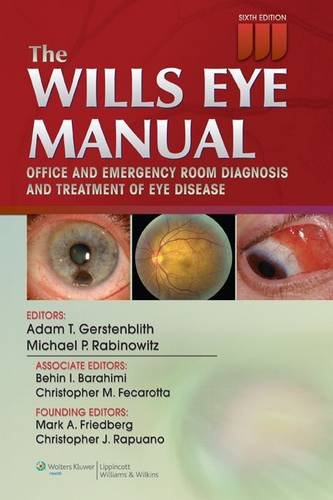

Most ebook files are in PDF format, so you can easily read them using various software such as Foxit Reader or directly on the Google Chrome browser.
Some ebook files are released by publishers in other formats such as .awz, .mobi, .epub, .fb2, etc. You may need to install specific software to read these formats on mobile/PC, such as Calibre.
Please read the tutorial at this link: https://ebookbell.com/faq
We offer FREE conversion to the popular formats you request; however, this may take some time. Therefore, right after payment, please email us, and we will try to provide the service as quickly as possible.
For some exceptional file formats or broken links (if any), please refrain from opening any disputes. Instead, email us first, and we will try to assist within a maximum of 6 hours.
EbookBell Team

0.0
0 reviewsCompletely revised, this 6th edition of The Wills Eye Manual: Office And Emergency Room Diagnosis And Treatment Of Eye Disease is the perfect guide for all clinicians who treat eye disorders.
Written in a concise outline format, this easy-to-read, pocket-sized reference is perfect for diagnosis and management of hundreds of ocular conditions. From symptom to treatment it covers every ocular disorder likely to be encountered in an office, emergency room, or hospital setting.
Yet even though it’s small enough to fit in a pocket, this book provides the most accurate and current information on over 200 ophthalmic conditions. It even includes the results of some of the most recent major clinical trials — including those related to the care of patients with macular degeneration and retinal vein occlusion.
NEW TO THE SIXTH EDITION:
· Chapters thoroughly updated and streamlined to make room for new and expanded topics
· Recent major clinical trials data included on care of patients with macular degeneration and retinal vein occlusion
· Updates in the management of orbital fractures, eyelid lacerations, strabismus, amblyopia, and ocular malignancies
· New high definition photographs of external, anterior segment, and posterior segment disease processes
· Imaging modalities updated, especially optical coherence tomography, magnetic resonance imaging, computed tomography, and ultrasound biomicroscopy